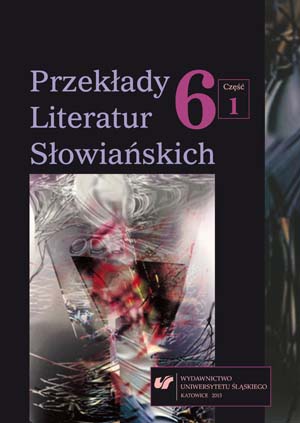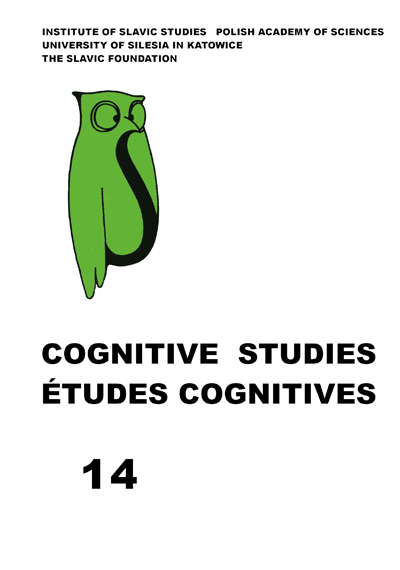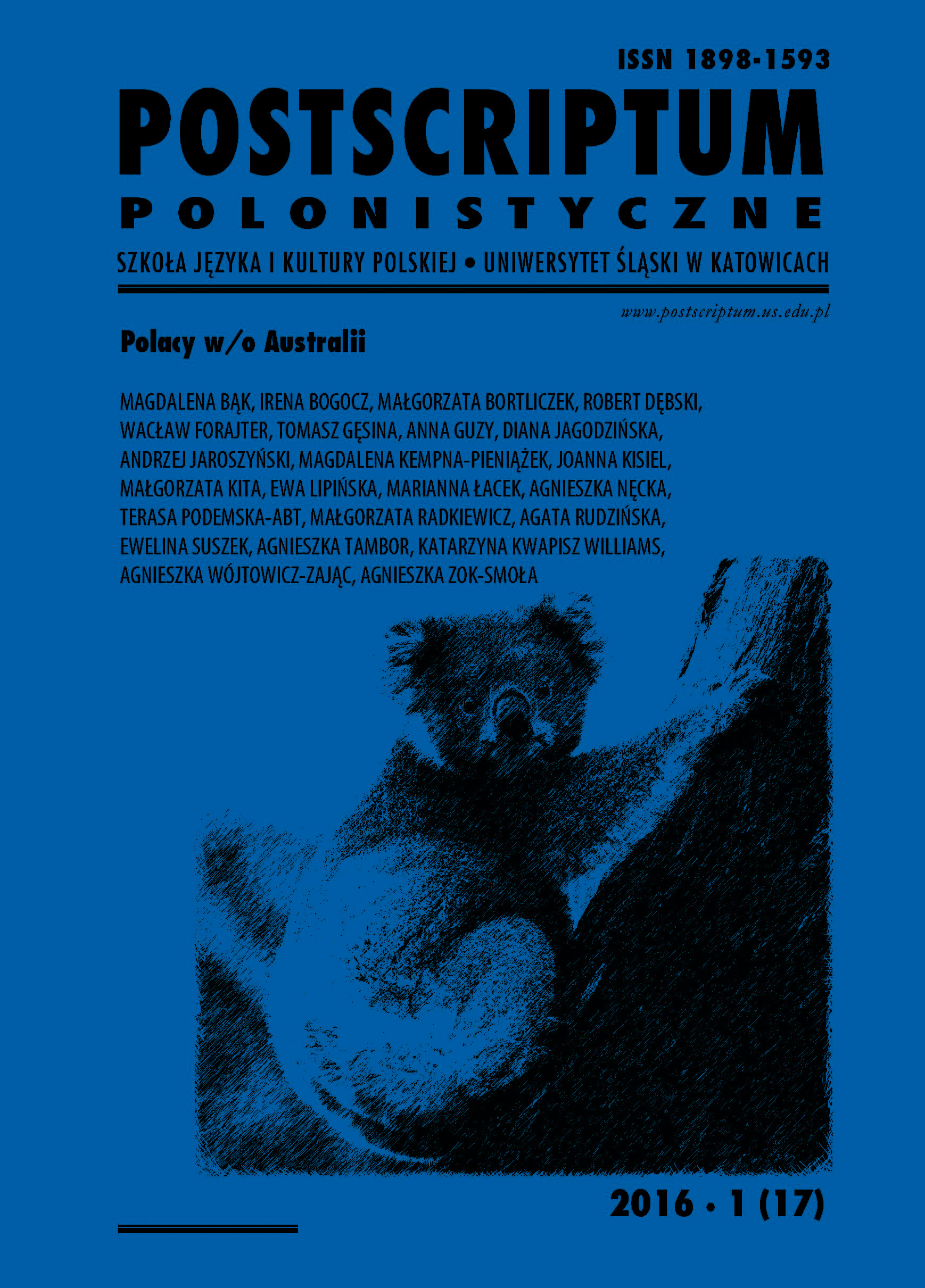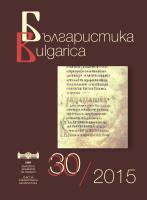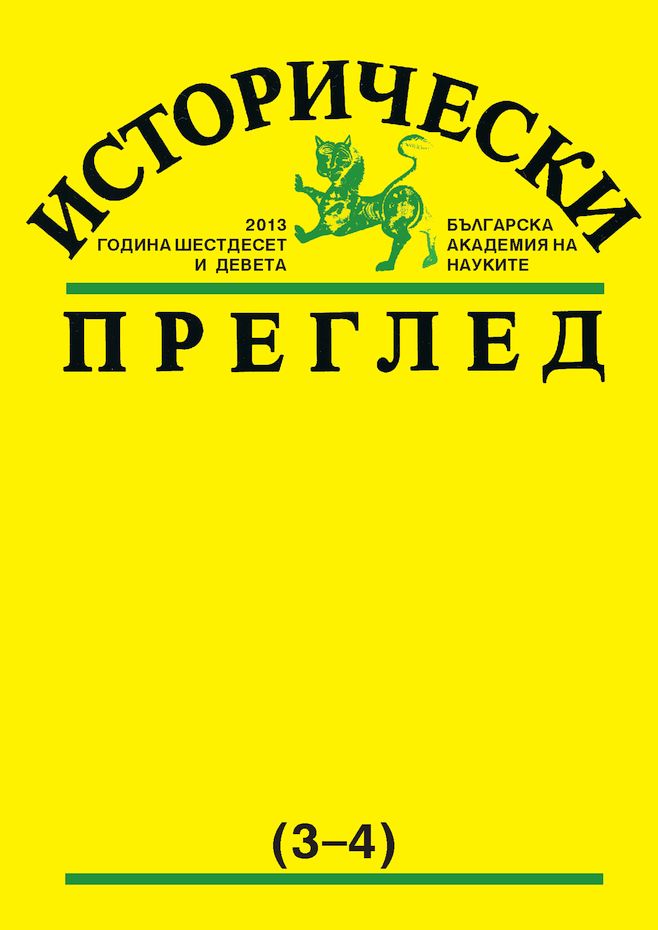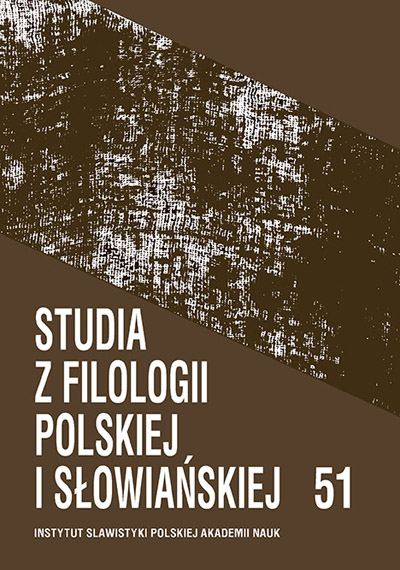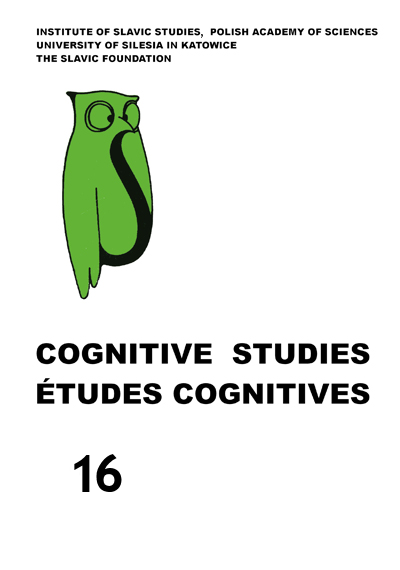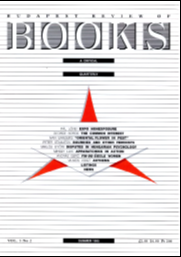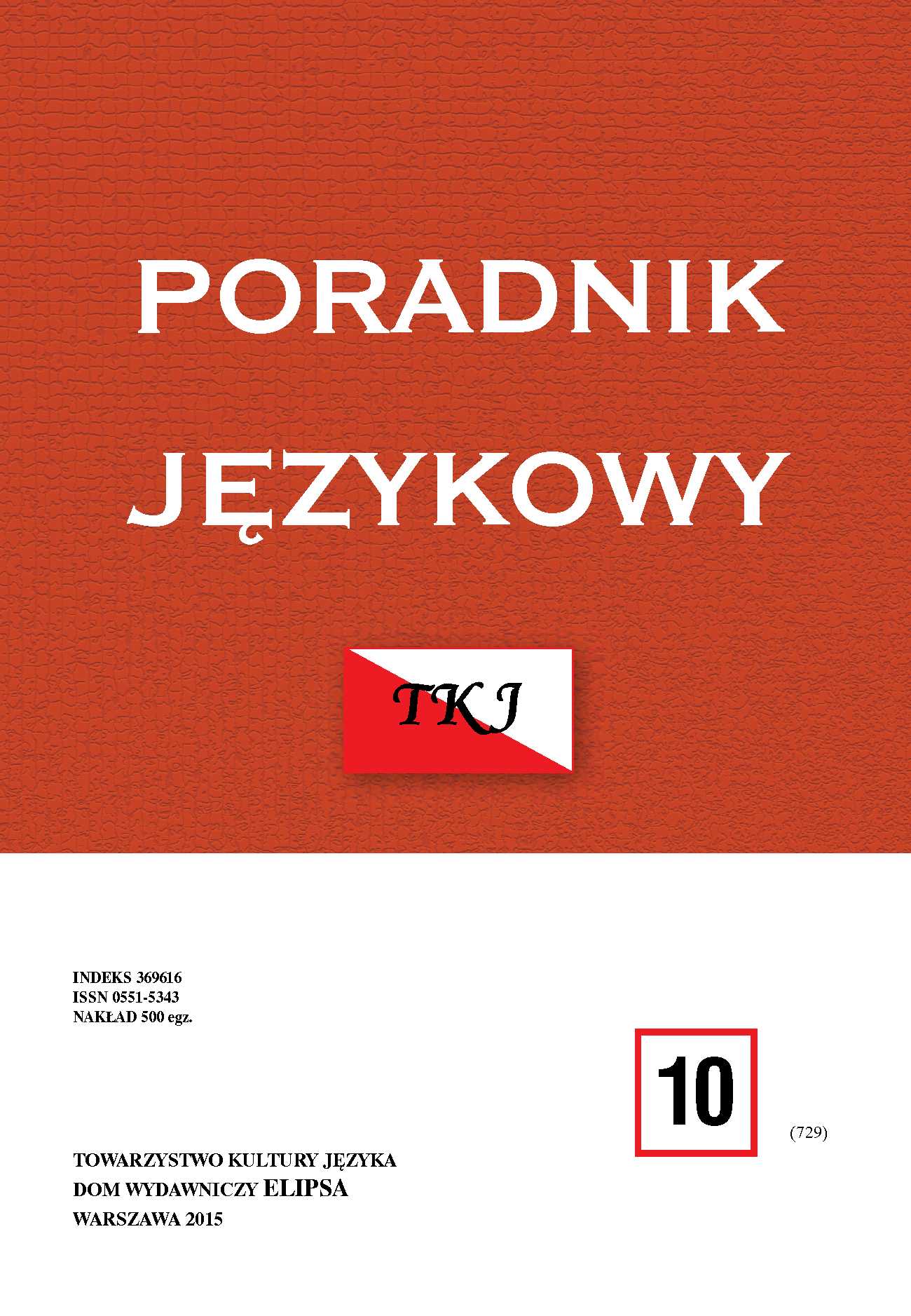
Słownik warmiński Wiktora Steffena po 30 latach. Idea, metoda i treść
This paper recalls a regional dictionary of Warmia dialect issued 30 years ago. It brings its author closer to the reader, discloses his goals, critically reconstructs a lexicographic description method. The assets of the dictionary are discerned in its cultural contents related to the reality of life in Warmia of the old days, which are visible in the choice of entries, citations and their contexts. The image of the traditional Warmia culture, which was described by the autochthon after it had disappeared, is composed among others by: colloquialness, expressiveness and familiarity of linguistic devices, their strong emotional markedness, intimacy, inclination for unambiguous and strict evaluations, a practical attitude to the reality, the criterion of professionality and diligence as the basis for evaluating people. An attentive reader will also notice the author’s powerful trace in Słownik warmiński (Dictionary of Warmia), namely numerous references to his biography, experiences and interests.
More...
